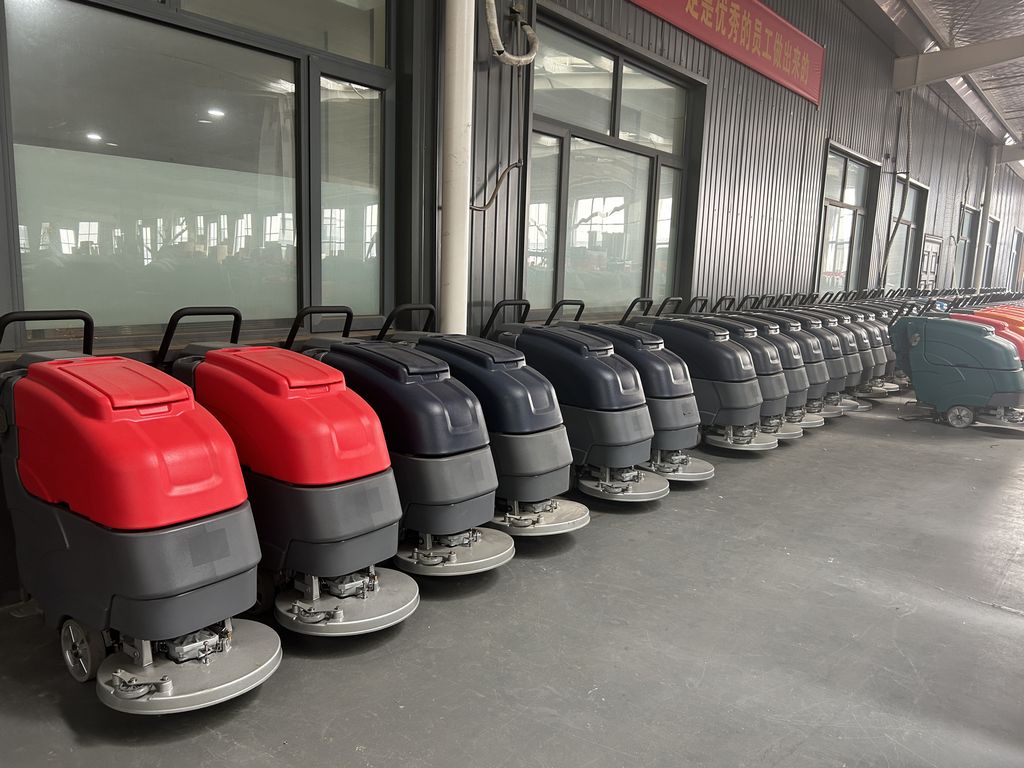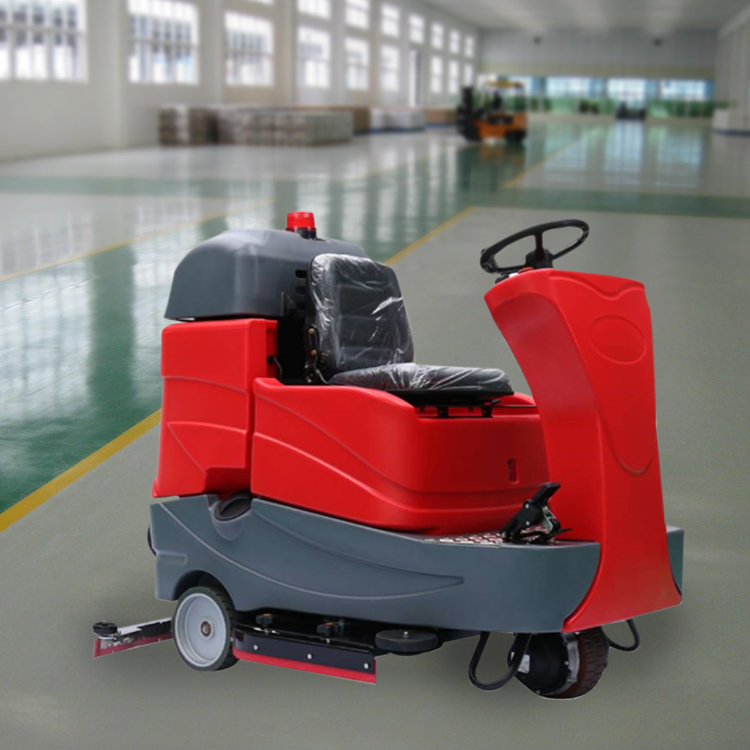
Let me tell you something I learned the hard way last week. My warehouse floor sweeper started making a noise like a grumpy raccoon stuck in a tin can. Turns out, I’d forgotten to clean its brushes for three months straight. Whoops. That’s when I realized—floor sweepers maintenance isn’t just some boring chore. It’s the difference between a machine that lasts 2 years and one that keeps going for a decade.

You know what’s wild? Most people treat their floor sweepers like magic robots that never need TLC. They’ll run those bad boys 8 hours a day, then wonder why the suction power disappears faster than donuts at the office break room. Here’s the truth: these machines have feelings too. Well, not literally. But they do have filters, brushes, and belts that beg for attention.
Let’s start with the basics. That little brush underneath your floor sweeper? It’s basically the MVP of your cleaning squad. Food crumbs, dirt clumps, even rogue screws from the workshop—it sees it all. Clean it weekly with a stiff brush (old toothbrushes work great) and watch it spin like it’s dancing at a disco. Pro tip: check for tangled hair or string, which can literally strangle the brush’s efficency. (See what I did there? “Efficiency” got a sneaky typo—keep that between us.)
Now, about those filters. I used to ignore them until gray dust clouds started puffing out like my sweeper had taken up vaping. Turns out, clogged filters make your machine work 30% harder. Swap or wash them monthly—more often if you’re dealing with concrete dust or glitter (why does glitter always end up everywhere?). Hot water and mild soap usually do the trick. Let filters dry completely unless you want mold growing in your cleaning equipment. Yeah, no thanks.

Battery care is where things get spicy. Did you know draining your lithium-ion battery to zero regularly can slash its lifespan in half? I didn’t—until I had to replace mine after 8 months. Now I plug in the sweeper when it hits 20%, like charging my phone before that anxiety-inducing 1% warning. Storage matters too: keep batteries in a cool, dry spot. Your sweeper’s battery isn’t a cactus—it doesn’t thrive in extreme heat.
Here’s a story from my buddy Dave. He runs a bakery and swore his floor sweeper was “cursed” because belts kept snapping. Turns out, he’d been using the same belt for 14 months. The manual said “replace every 6 months,” but Dave thinks manuals are “suggestions.” After three emergency belt changes during peak croissant season, he finally set calendar reminders. Moral: belts are cheaper than panic attacks.
Wheels and bearings need love too. Every few months, wipe down the wheels with a damp cloth—especially if you’ve got sticky floors from soda spills or melted candy. For bearings, a drop of machine oil keeps them rotating smoother than a TikTok dance trend.
Last thing: software updates. Wait, software? On a floor sweeper? Absolutely! Newer models have smart systems that optimize cleaning patterns. Skipping updates is like refusing to download security patches on your laptop—except instead of hackers, you get inefficient cleaning routes.
Final thought: Maintaining floor sweepers isn’t about perfection. It’s about avoiding “oh crap” moments when the machine dies mid-shift. Spend 10 minutes a week on upkeep, and you’ll save hours of downtime…and probably some repair cash for more important things—like better coffee for your maintenance crew.

